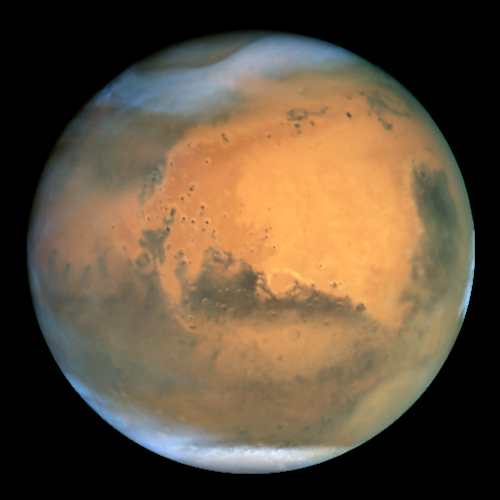Inspiration Mars Foundation plans manned 2018 trip to the Red Planet

The first manned Mars trip is less than five years away. Wired reports that The Inspiration Mars Foundation, with Dennis Tito as its founder, is planning a 501-day trip to Mars and back. The crew will not land on the surface of Mars or orbit the planet; rather, the spacecraft will fly by Mars. The epic journey is set to begin in January 2018. The purpose of the Mission for America, according to NASA Watch’s press briefing, is to revive interest in space exploration and to encourage children in the areas of Science, Technology, Engineering and Mathematics (STEM).
Millionaire Dennis Tito serves as chairperson for the foundation and was the first private space traveler in history. Tito paid an estimated $20 million on his 2001 trip to visit the International Space Station, spending nearly eight days in orbit.
A press conference will be held on February 27 to give more details on the mission and to answer questions. Attendees include Biosphere-2 project members Jane Poynter and Taber MacCallum, and Dr. Jonathan Clark, a medical researcher and space medicine advisor.
Details are still unclear, but hopefully the press conference will shed more light. Other companies have also planned trips to the Red Planet. Mars One, a company founded by Dutch entrepreneur Bas Lansdorp, is planning a trip to Mars in 2023 to establish a permanent settlement there. Once the settlement is established, astronauts will be received there every two years.
NASA hopes to send a manned trip to Mars by 2035. Meanwhile, the Curiosity rover is exploring Mars, most recently having drilled and collected a sample from the interior of a rock on the Red Planet. The rover will now filter the sample and deliver some of it to scientific instruments inside the rover for analysis. The sample will be examined to determine if there were ever wet conditions on Mars long ago. The rover is sending data back every day to add to our knowledge, possibly assisting in a future manned trip.
Image courtesy of NASA and The Hubble Heritage Team via Wikimedia Commons.
4 comments